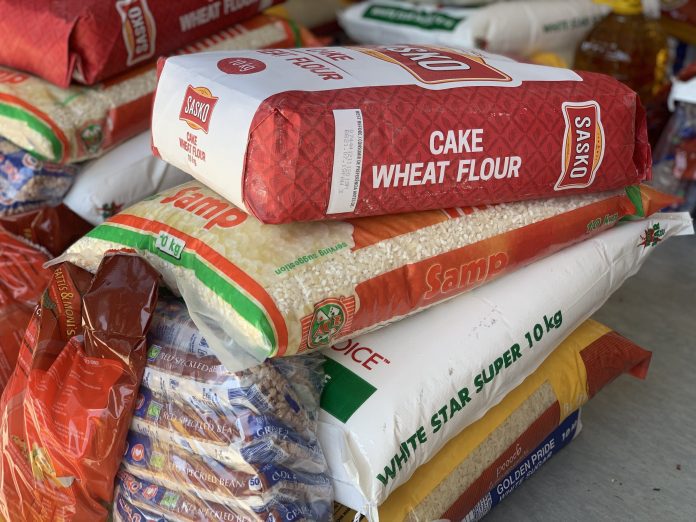After a continuous four-month slide, South Africa’s consumer inflation rate saw a modest uptick in August, climbing from 4.7% in July to 4.8%.
The increase, according to Statistics South Africa, can be attributed to rising fuel costs and municipal tariff hikes, partially balanced by a cooling trend in food and non-alcoholic beverage (NAB) prices.
One significant trend in the inflation data is the continued easing of food inflation.
Stats SA clarified on Wednesday that the rate for food and NAB has declined for a fifth consecutive month, dropping from 9.9% in July to 8% in August.
Several food categories witnessed lower rates in August, with bread and cereals notably showing a decrease from 13.1% in July to 9.9%. Prices for meat followed suit.
“The annual rate [declined] to 3.6% from 5.1% in July,” said Stats SA.
“Prices for most beef and chicken products declined between July and August, with the exception of chicken giblets and beef extract.
“The price index for meat was 0.7% lower in August compared with July. The milk, eggs and cheese category followed the same script.
“The annual rate eased from 14.4% in July to 11.9%. A number of products registered lower prices in August compared with July, including fresh full-cream milk, eggs, and cheddar cheese.”
Stats SA said favourite treats such as condensed milk and custard were sadly more expensive in the reporting period.
However, sugar, sweets, and desserts registered the highest annual inflation rate among all food and NAB categories at 18.5%, although it was slightly lower than July’s 18.7%.
According to Stats SA, alcoholic beverage inflation also slowed to 6.9%, primarily due to a decrease in beer and wine prices.
The statistician’s data shows that municipal rates for electricity, water, and property added to the overall inflationary pressures.
Electricity tariffs surged by 15.3% in 2023, significantly higher than the 7.9% increase in 2022, while households faced a 9.6% rise in water charges after an 8.1% increase in the previous year, it said.
Regional disparities were apparent in these rate increases.
Stats SA recorded that Western Cape residents experienced the steepest hike in electricity tariffs and property rates while KwaZulu-Natal registered the highest rise in water charges, followed by Gauteng.
Furthermore, Stats SA noted that fuel prices increased by 2.2% between July and August, contributing to an annual rate of -11.7%, up from -16.8% in July.
Restaurants and hotels also saw price increases, with restaurant inflation at 6.7% and hotel room prices rising by 5.9% in the 12 months to August.
The statistician’s data comes just a day before the SA Reserve Bank announces its latest interest rate decision.
Despite the recent inflationary pressure, it is widely anticipated that the main interest rate would remain unchanged.
This because the current inflation still falls comfortably within the Reserve Bank’s target of 3% to 6%.
The central bank’s cautious approach was evident in its July decision, when it refrained from raising rates after 10 consecutive hikes aimed at curbing inflation.
All eyes are now on its upcoming interest rate decision, with the bank expected to maintain a steady course to foster economic stability in uncertain times.
Follow @SundayWorldZA on Twitter and @sundayworldza on Instagram, or like our Facebook Page, Sunday World, by clicking here for the latest breaking news in South Africa.



